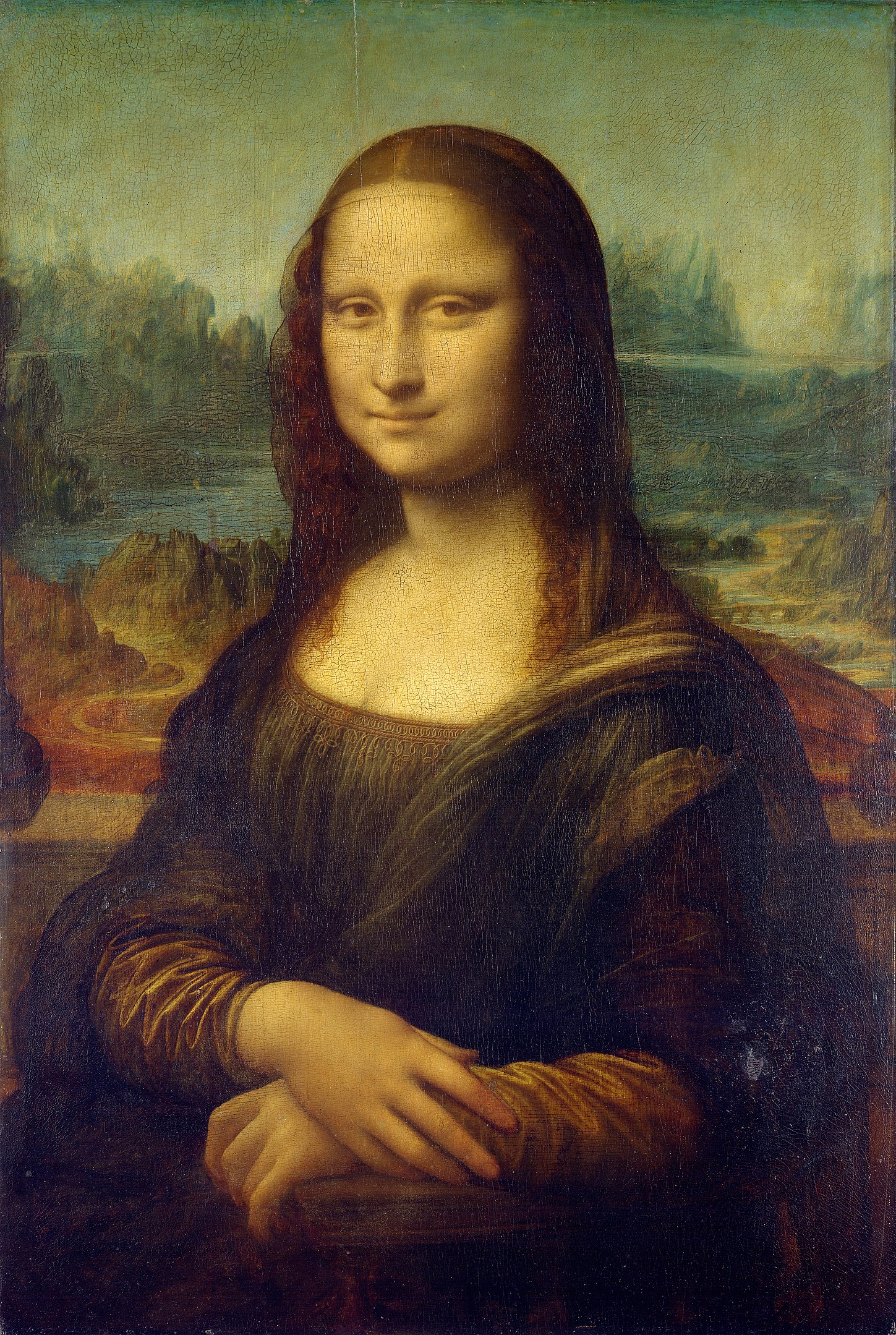[ad_1]

Leonardo da Vinci, Mona Lisa, ca. 1503–06.
VIA WIKIMEDIA COMMONS
Thursday, October 24, marks the opening of one of the year’s most anticipated art shows, a Leonardo da Vinci retrospective at the Louvre in Paris that celebrates the 500th anniversary of the Renaissance artist’s death. With that show in mind, below is a Salvador Dalí essay on one of Leonardo’s most iconic works, the Mona Lisa, which appeared in the March 1963 issue of ARTnews. Titled “Why they attack the Mona Lisa,” the essay features musings on why people have felt inclined to deface or steal the painting throughout history. The essay follows in full below. Read Leonardo scholar Martin Kemp’s analysis of Dalí’s essay here. —Alex Greenberger
“Why they attack the Mona Lisa”
By Salvador Dalí
March 1963
It was inevitable that Salvador Dali should reveal publicly why the Mona Lisa—a “simple portrait” painted by the most complicated and ambiguous of all artists—has had a power, unique in all art history, to provoke the most violent and different kinds of aggressions.
The Mona Lisa has undergone two main species of typical attacks on her archetypal presence:
1. The ultra-intellectual aggression, perpetrated by the Dada movement. Marcel Duchamp, in 1919, draws a mustache on a photograph of the Mona Lisa, and at the bottom he letters the famous inscription “L.H.O.O.Q.” (Elle a chaud au cul).
2. The primitive or naïve type of aggression, perpetrated by anonymous more-or-less Bolivians. It consists either of throwing a pebble at the picture or temporarily stealing it.
The first is a case of aggression by an artist against a masterpiece that embodies the maximum artistic idealization. It is explained by an insight of Freud whose sublime definition of the Hero is: “The man who revolts against the authority of the father and finally overcomes it.” This definition is the antithesis of Dada which represented a culmination of the anti-heroic, anti-Nietzschean attitude to life. Dada seeks the anal, erogenous zone of the Mona Lisa, and while accepting the “thermic agitation” of the Mother as a Work-of-Art, rebels against its idealization by masculinizing it. Dada paints the mustaches of the father on the Mona Lisa to enlist his aid in the denigration of the Art. In this gesture, the anti-artistic, anti-heroic, anti-glorification and anti-sublime aspects of Dada, epitomized.
To explain the “naïve aggressions” against the Mona Lisa, bearing in mind Freud’s revelation of Leonardo’s libido and subconscious erotic fantasies about his own mother, we need the genius of Michelangelo Antonioni (unique in the history of cinema) to film the following sequence: A simple naïve son, subconsciously in love with his mother, ravaged by the Oedipus complex, visits a museum. For this naïve, more-or-less Bolivian son, the museum equals a public house, public rooms—in other words, a whorehouse, and the resemblance is reinforced by the profusion he finds there of erotic exhibits: nudes, shameless statues, Rubens. In the midst of all this carnal and libidinal promiscuity, the Oedipean son is stupefied to discover a portrait of his won mother, transfigured by the maximum female idealization. His own mother, here! And worse, his mother smiles ambiguously at him, which, in his surroundings, can only seem equivocal and outrageous. Attack is his one possible response to such a smile—or he can steal the painting to hide it piously from the scandal and shame of exposure in a public house.
Anyone who can offer different explanations of the attacks suffered by the Mona Lisa should cast his first stone at me; I will pick it up and go on with my task of building the Truth.
[ad_2]
Source link

